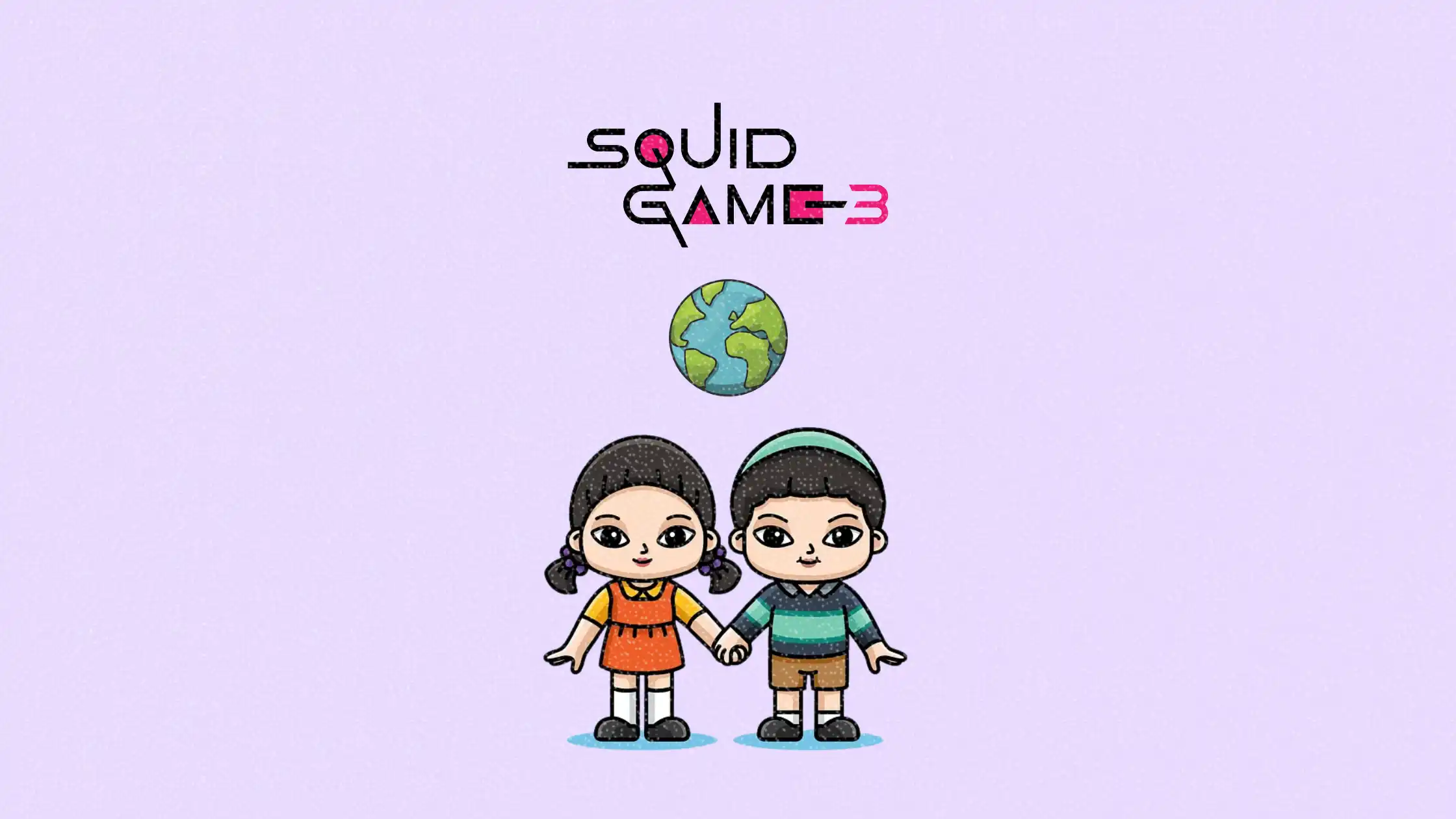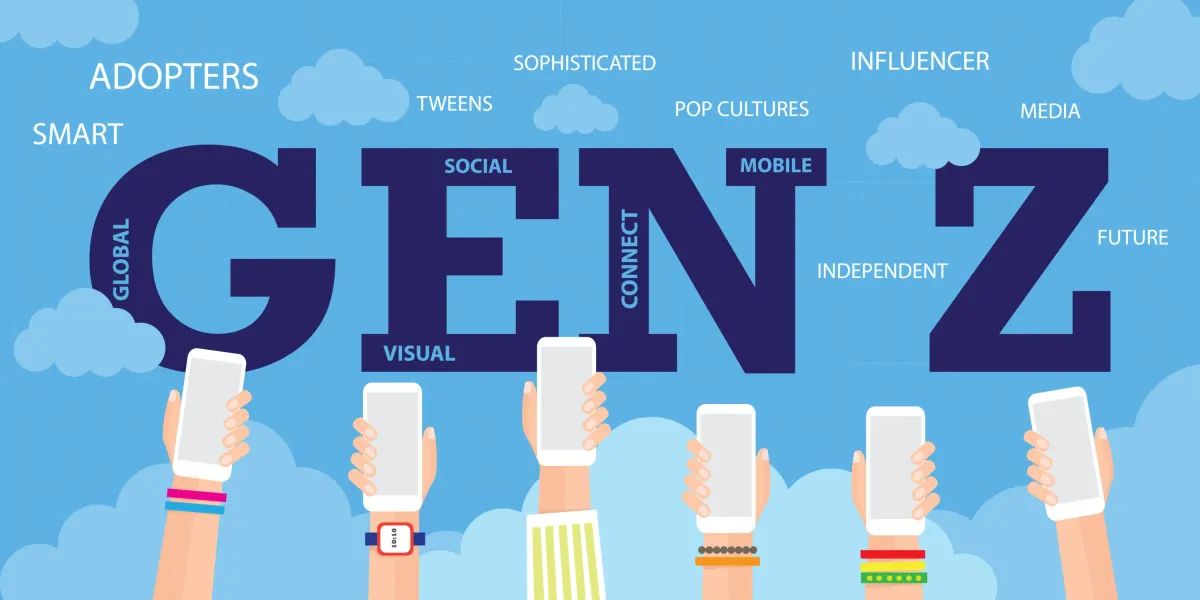Inside Netflix’s Squid Game takeover in Asia
Netflix’s Squid Game activations are sweeping across Asia. Here’s why that matters for marketers.

Netflix is betting big on experiential marketing—and this time, it's doing it in full dystopian style. To promote the first three seasons of its global hit Squid Game, the streamer rolled out immersive fan events across key Asian cities, transforming local landmarks into real-life game arenas.
From parades in Seoul and AR jump rope in Manila, to influencer-fueled stunts in India, this continent-spanning activation wasn’t just about nostalgia or fandom—it was a calculated campaign to spark virality, reinforce brand equity, and pull in new regional audiences.
This article explores Netflix's multi-city Squid Game takeover, what makes it different from typical fan service campaigns, and what marketers can learn about scaling IP-driven activations with cultural nuance and measurable ROI.
Short on time?
Here’s a table of contents for quick access:

What Netflix did across Asia
In late June and early July, Netflix launched a series of Squid Game-themed activations across Asia—each tailored to local cultures while maintaining global brand consistency.
Malaysia hosted Squid Game: The Exhibit at LaLaport Bukit Bintang City Centre, drawing over 8,000 fans in three days. Featuring giant 5.4-meter dolls and games like kite-shaped dalgona and slipper toss (a nod to 'Biseokchigi'), the event brought cultural relevance to the IP.
Bangkok saw a giant jump rope installation hosted by animatronic versions of Young-hee and Chul-su, drawing nearly 70,000 visitors in its first three days. Fans could also play Ddakji and Gonggi near the city’s iconic Giant Swing.
Indonesia’s event at Jakarta’s Plaza Senayan let 400,000 fans spectate and 1,400 join live games—marking a shift toward more inclusive, crowd-friendly formats compared to previous seasons.
Manila integrated AR into its jump rope challenge, turning players into real-time digital avatars. Over 7,500 spectators and 650 participants showed up over four days.
Seoul hosted the most elaborate event: a 348-day-planned parade through the city’s historic center, livestreamed to over 4.5 million viewers. With 456 cast and crew members and 38,000 attendees, it was part stunt, part tourism strategy.
Taipei attracted over 10,000 fans on opening day with a pink-lit light show and fully booked rope game slots.
And Mumbai delivered a twist: 19 Indian creators participated in a live unscripted game showdown, paired with localized music content by the Indian Jam Project, local art installations, and even a D2C fashion store takeover.

Why this matters now
Netflix isn’t just localizing content—it’s localizing fandom. As the competition for subscriber growth shifts toward Southeast and South Asia, the streaming giant is doubling down on culturally attuned activations that can bridge physical and digital engagement.
What’s notable here is the deliberate shift from digital-only campaigns to hyper-physical experiences—ones that are photogenic, participatory, and algorithmically primed for social media virality. This approach reinforces IP stickiness while building regional goodwill.
Even more telling: these aren’t one-size-fits-all replicas. Each city’s activation leveraged unique visual cues, influencers, or tech tools to tailor engagement. For example, the AR screen in Manila added novelty, while influencer-led stunts in India catered to its creator-first culture.

Key marketer takeaways
Netflix’s Squid Game tour offers a masterclass in regionalized experiential strategy. Here’s what B2B marketers, brand strategists, and PR pros can take away:
1. Build participatory content, not just spectacle
The standout stat? Jakarta’s 400,000 spectators vs. 1,400 participants. Allowing the public to play, not just watch, created high-stickiness moments—and major UGC potential. Marketers should design activations with opt-in participation at the core.
2. Local relevance boosts amplification
Each stop included culturally specific touches: slipper toss in Malaysia, sitar-driven remixes in India, AR jump rope in Manila. Local adaptation signals respect—and fuels more organic sharing.
3. Don’t just feature creators—give them center stage
Mumbai’s creator-led format wasn’t just flashy; it mirrored how Indian audiences consume content. Marketers should build campaigns around creator formats that reflect each region’s media habits.
4. Measurement should go beyond impressions
Netflix’s metrics included not just social reach (25M from Jakarta, 197M impressions on @netflixid) but bookings, livestream views, and in-person engagement. That’s a full-funnel view of campaign performance marketers should emulate.

5. Use IP strategically, not passively
Rather than just slapping a logo on an event, Netflix recreated full games and storylines from Squid Game, maintaining narrative depth. Brands with strong IP assets should think in terms of world-building—not just branding.
Netflix’s Squid Game activation across Asia didn’t just celebrate a hit series—it expanded a global narrative through localized, high-touch engagement. For marketers, it’s proof that experiential isn’t just back—it’s evolving.
The lesson? Great campaigns don’t just go viral—they embed themselves into culture. And when paired with strong IP and regional sensitivity, they can become both fan service and strategic brand-building in one move.







